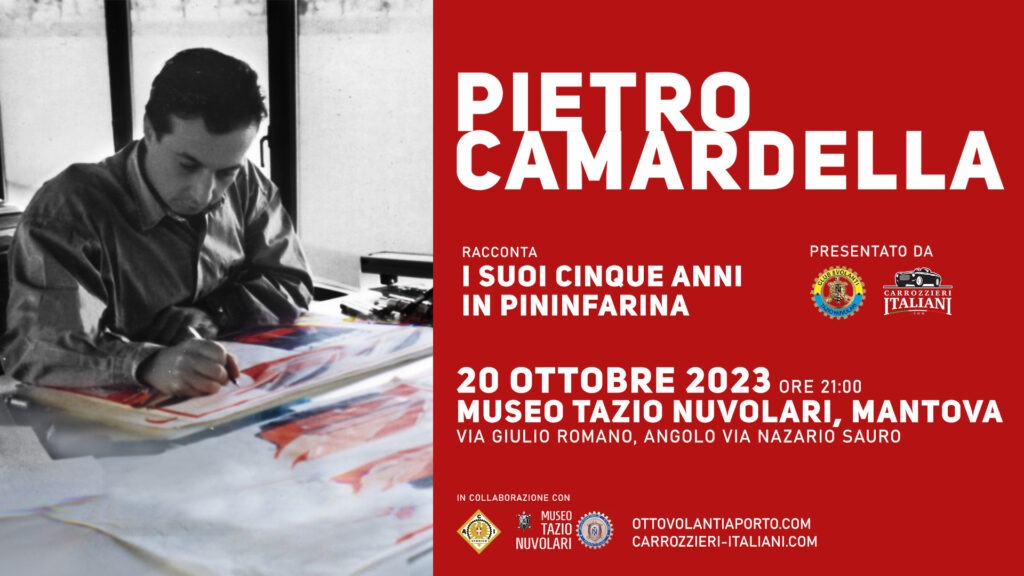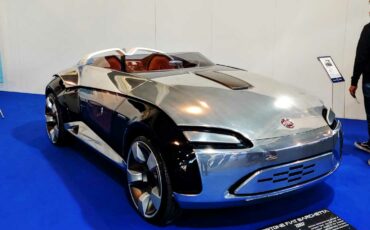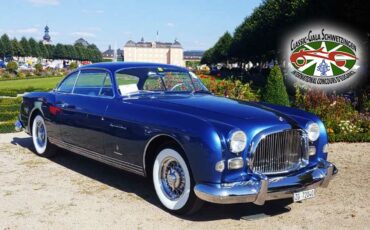
Il secondo evento organizzato da carrozzieri-italiani.com in collaborazione con il club 8Volanti Tazio Nuvolari
Con grande orgoglio possiamo ufficializzare il secondo evento dedicati al design automobilistico nati dalla collaborazione tra carrozzieri-italiani.com e il Club 8Volanti Tazio Nuvolari.
Nel secondo appuntamento abbiamo l’onore di ospitare Pietro Camardella, stilista automobilistico con esperienza in Pininfarina, dove tra le sue creature ha dato vita alla Ferrari 456 GT. Abbiamo giá avuto il piacere di ospitare Camardella in un episodio della nostra serie su YouTube “Gentleman Garage”. Durante la serata ripercorriamo la sua carriera con un’attenzione particolare al percorso che l’ha portato in Pininfarina dove ha create le Ferrari piú iconiche degli anni 80 e 90.
L’evento organizzato in collaborazione con il Club 8Volanti Tazio Nuvolari di Mantova, (già celebri per il Concorso d’Eleganza della Città di Mantova) si svolgerà in una location suggestiva: Il Museo Tazio Nuvolari in centro di Mantova e sarà presentato dal fondatore di carrozzieri-italiani.com Andreas Scheidl e Carlo Caraffini del Club 8Volanti.
I posti saranno limitatissimi ed è gradita la prenotazione inviando una mail a:
info @ carrozzieri-italiani.com
I posti saranno limitatissimi ed è gradita la prenotazione inviando una mail a:
Il tutto verrà ritrasmesso sul nostro canale YouTube ufficiale.
Rimanete sintonizzati, a breve verrà rivelato il terzo ospite dell’evento che si svolgerà a Novembre.
The 2nd event organised by carrozzieri-italiani.com in cooperation with the 8Volanti Tazio Nuvolari club
It is with great pleasure that we can officially announce the second event dedicated to automotive design born from the collaboration between carrozzieri-italiani.com and the 8Volanti Tazio Nuvolari Club.
In our second appointment, we have the privilege of hosting Pietro Camardella, an automotive designer with experience at Pininfarina, where among his creations was the Ferrari 456 GT. We have already had the pleasure of hosting Camardella in an episode of our YouTube series “Gentleman Garage.” During the evening we review his career with a special focus on the path that led him to Pininfarina where he created the most iconic Ferraris of the 1980s and 1990s.
The event, organised in collaboration with the 8Volanti Tazio Nuvolari Club of Mantua, (already famous for the Concorso d’Eleganza of the Città di Mantova) will take place in an evocative location: the Tazio Nuvolari Museum in the centre of Mantua and will be hosted by the founder of carrozzieri-italiani.com Andreas Scheidl and Carlo Caraffini of the 8Volanti Club.
Seats will be limited and reservations are appreciated by sending an email to:
info @ carrozzieri-italiani.com
The whole event will be broadcast on our official YouTube channel.
Stay tuned, the second guest of the October event will be revealed shortly.


